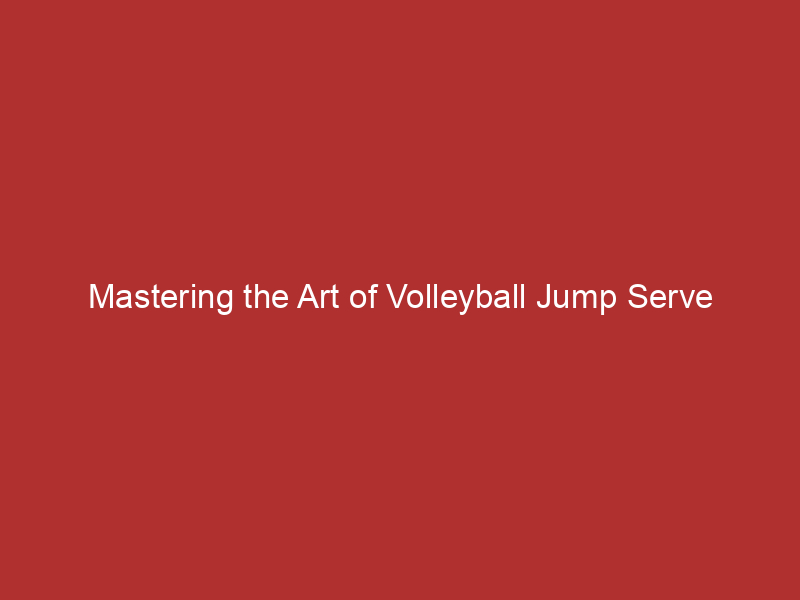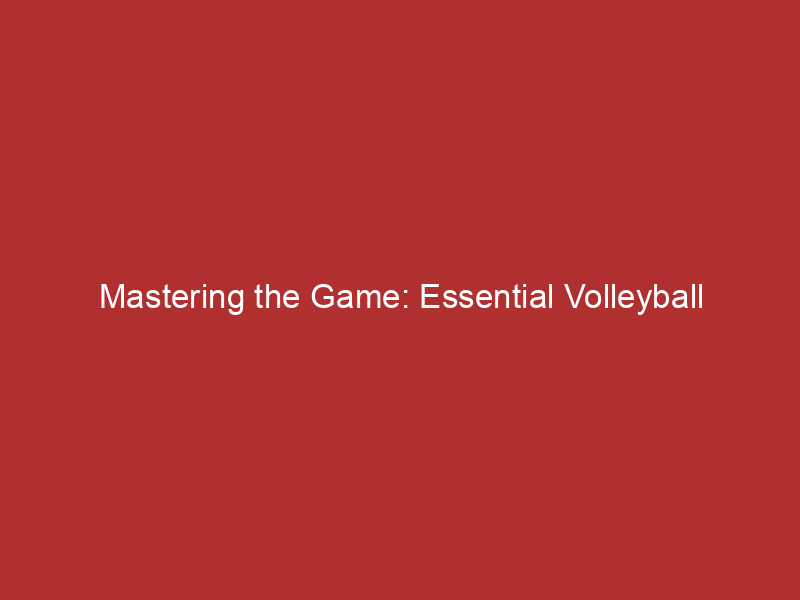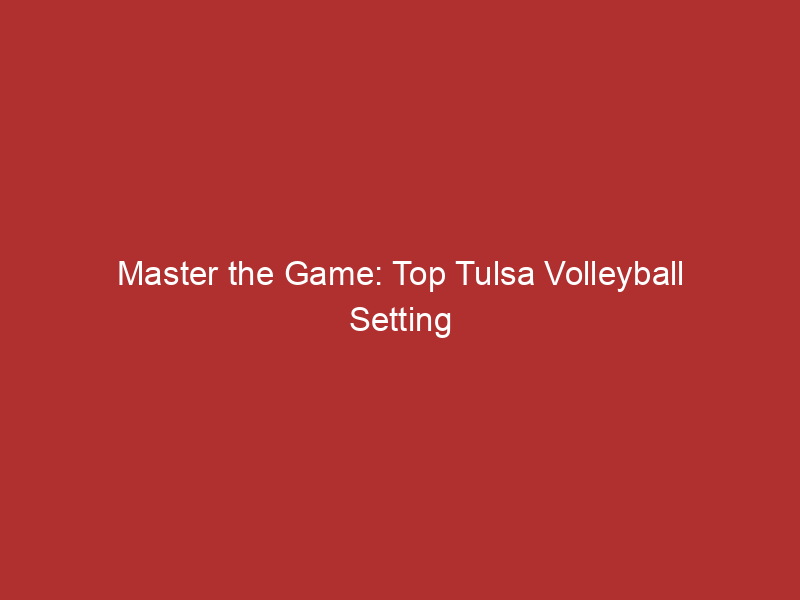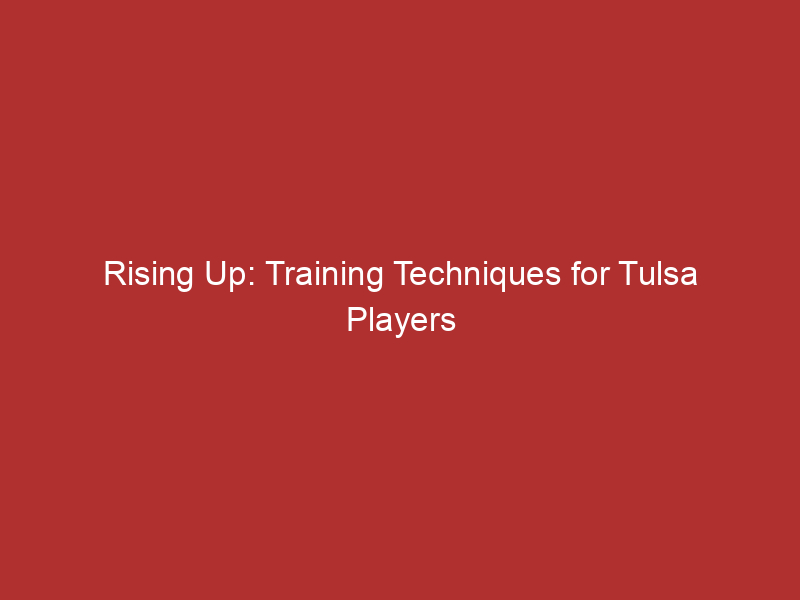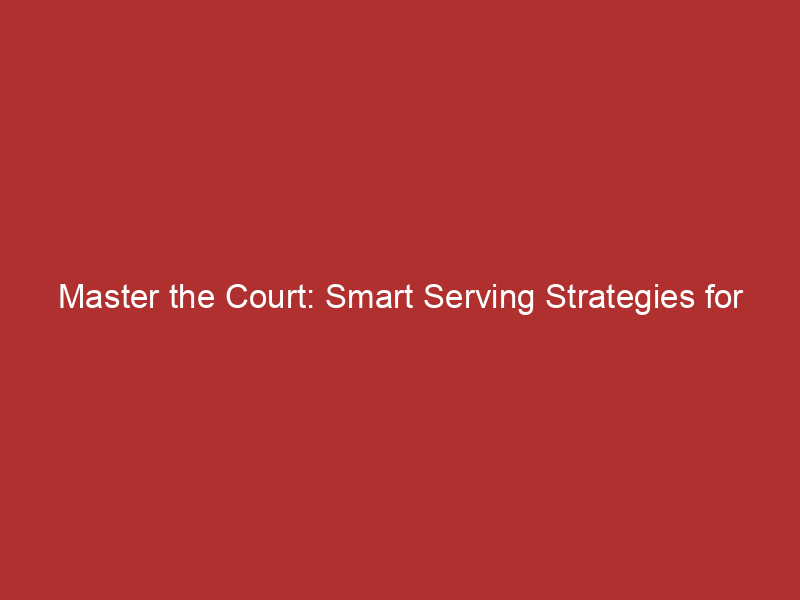Introduction to Volleyball Serving Techniques
Hey there, volleyball enthusiasts! Let’s dive right into the exciting world of volleyball serving techniques. Serving is a crucial part of the game, and mastering it can give you a significant edge over your opponents. Ready to learn? Let’s get started!
- Overview of different volleyball serving techniques
- Underhand Serve: This is the simplest serve, perfect for beginners. The ball is hit with the heel of the hand while it’s in front of the server.
- Overhand Serve: A bit more complex, this serve involves tossing the ball into the air and hitting it with the palm of the hand.
- Jump Serve: This serve is for the pros! The server tosses the ball high, takes a run-up, jumps, and hits the ball while in the air. It’s a powerful serve but requires a lot of practice.
- Float Serve: In this serve, the ball is hit in such a way that it moves unpredictably in the air, making it hard for the opponents to receive.
- Importance of mastering volleyball serving techniques
- Score Points: A well-executed serve can score direct points if the opponents fail to receive it properly.
- Start the Rally: The serve starts the rally in volleyball. A good serve can put your team in a strong position right from the start.
- Put Pressure on Opponents: A powerful and unpredictable serve can put a lot of pressure on the opponents, making them more likely to make mistakes.
- Improve Overall Skills: Mastering different serving techniques can also improve your overall volleyball skills, including timing, accuracy, and power.
There are several serving techniques in volleyball, each with its unique style and advantages. Here are a few:
Why should you spend time mastering these serving techniques? Here’s why:
So, are you ready to serve your way to victory? Stay tuned as we delve deeper into each of these serving techniques in the upcoming sections. Let’s ace this together!
Understanding the Jump Serve in Volleyball
Hey there, volleyball enthusiasts! Today, we’re going to dive into one of the most exciting and powerful techniques in volleyball – the jump serve. We’ll explore what it is and how it has evolved over the years. So, let’s get started!
- Definition of a Jump Serve
- History and Evolution of the Jump Serve
A jump serve is a type of volleyball serve where the player tosses the ball into the air, then jumps to hit it at its highest point. This technique allows the server to hit the ball with more power and speed, making it harder for the opposing team to return. It’s like a spike, but from the serving line!
Imagine this: you’re standing at the back of the court, you toss the ball high into the air, take a few steps forward, leap off the ground, and WHAM! You hit the ball with all your might. That’s a jump serve for you!
The jump serve wasn’t always a part of volleyball. In fact, it was first introduced in the 1980s. Before that, players used to serve the ball while standing on the ground. But then, some innovative players thought, “Why not add a jump to the serve?” And thus, the jump serve was born!
Over the years, the jump serve has evolved and become more sophisticated. Players have developed different styles and techniques to make their jump serves even more powerful and unpredictable. Some players use a topspin jump serve, where they hit the ball in a way that makes it spin forward rapidly. Others use a float jump serve, where they hit the ball with no spin, making it move unpredictably in the air, like a knuckleball in baseball.
Today, the jump serve is a common sight in high-level volleyball matches. It’s a testament to the sport’s evolution and the players’ constant quest for new ways to gain an edge over their opponents.
So, there you have it – a brief overview of the jump serve in volleyball. In the next sections, we’ll delve deeper into the skills needed for a successful jump serve, drills to improve your jump serve, and tips from professional players. Stay tuned!
Key Volleyball Skills for a Successful Jump Serve
Jump serving in volleyball is a powerful technique that can give your team an edge in the game. But, it’s not just about jumping and hitting the ball. There are several key skills you need to master to perform a successful jump serve. Let’s dive into these skills one by one.
- Proper Footwork
- Ball Toss Technique
- Jumping and Striking the Ball
- Follow-through and Landing
Footwork is the foundation of a good jump serve. It’s all about getting your body in the right position to make the serve. Start with your feet shoulder-width apart, take a few steps forward, and then jump off both feet. Practice this footwork until it becomes second nature. Remember, consistency is key! Wikipedia has a great section on volleyball footwork if you want to learn more.
Next up is the ball toss. The goal is to toss the ball high enough so you have time to jump and hit it, but not so high that it’s out of control. The toss should be in front of you and slightly to your serving side. Practice your toss until you can get it in the right spot every time.
Once you’ve got your footwork and toss down, it’s time to jump and strike the ball. As you jump, swing your arm back and then forward to hit the ball. Aim to hit the ball with the heel of your hand for maximum power. And remember, timing is everything!
After you hit the ball, it’s important to follow through with your arm swing and land safely. Your follow-through can help direct the ball where you want it to go. And landing on both feet, bending your knees to absorb the impact, can help prevent injuries.
Mastering these key volleyball skills can help you perform a successful jump serve. But remember, practice makes perfect. So, get out there and start serving!
Volleyball Serve Drills to Improve Your Jump Serve
Let’s dive into some drills that will help you improve your jump serve. The first one we’re going to look at is called “Toss and Strike”.
Drill 1: Toss and Strike
This drill is all about mastering the basics of a jump serve. It’s simple, but it’s super effective. Let’s break it down.
- Objective of the drill: The main goal of the “Toss and Strike” drill is to improve your hand-eye coordination and timing. This is crucial for a successful jump serve in volleyball.
- Procedure of the drill: Start by standing behind the service line. Toss the ball high in the air, take a few steps forward, jump, and then strike the ball with your palm. The key here is to hit the ball at the highest point of your jump. Practice this drill until you can consistently serve the ball over the net and into the opposing team’s court.
- Benefits of the drill: This drill helps you to get a feel for the timing of the jump serve. It also improves your hand-eye coordination, which is essential for accurately hitting the ball. Plus, it’s a great way to build up your serving power!
Remember, practice makes perfect. So, don’t get discouraged if you don’t get it right away. Keep practicing this drill, and you’ll see improvement in your jump serve in no time!
Drill 2: Jump and Land
- Objective of the drill: The main goal of the “Jump and Land” drill is to help players improve their jumping height and landing stability. This is crucial for a powerful jump serve in volleyball. The higher the jump, the more force can be applied to the ball, and the better the landing, the quicker the player can transition to the next move.
- Procedure of the drill: To start this drill, players should stand near the net. They will then jump as high as they can, aiming to touch the top of the net. After reaching the peak of their jump, they should focus on landing softly and stably, ready to move to the next play. This drill should be repeated multiple times to build strength and agility. Remember, practice makes perfect!
- Benefits of the drill: This drill is a fantastic way to enhance your jump serve skills. It helps increase your vertical leap, which is essential for a powerful serve. Plus, it improves your landing, which can help prevent injuries and allows for a swift transition to the next play. According to a study on Wikipedia, players who regularly practice jump and land drills have a significant improvement in their jump serve performance. So, keep jumping and landing, and watch your game soar to new heights!
Volleyball Training Programs for Jump Serve Mastery
Hey there, volleyball enthusiasts! Today, we’re going to talk about how to master the jump serve. And guess what? The secret lies in a well-structured training program. Let’s dive in!
- Importance of a Structured Training Program
Ever wondered why professional athletes follow a strict training schedule? It’s because a structured training program is like a roadmap to success. It gives you a clear path to follow and helps you track your progress. For mastering the jump serve in volleyball, a structured training program is essential. It helps you focus on the right techniques, improve your skills, and boost your performance on the court. Remember, practice makes perfect, but only when it’s done right!
- Components of a Good Volleyball Training Program
So, what makes a good volleyball training program? Here are the key components:
- Goal Setting: Every good training program starts with setting clear and achievable goals. Want to master the jump serve? That’s your goal!
- Technique Training: This is where you learn and practice the right techniques. For the jump serve, you’ll focus on things like the approach, jump, arm swing, and contact with the ball.
- Strength and Conditioning: Volleyball is a physically demanding sport. A good training program includes exercises to improve your strength and conditioning, helping you perform better and avoid injuries.
- Practice Drills: Practice drills help you apply what you’ve learned in real game situations. They’re a great way to improve your skills and gain confidence.
- Feedback and Evaluation: Regular feedback and evaluation are crucial for improvement. They help you identify your strengths and areas for improvement, and adjust your training program as needed.
With these components in place, you’ll be on your way to mastering the jump serve in no time. So, are you ready to spike your way to victory? Let’s get started!
Top Volleyball Jump Serve Tips from Professional Players
Ready to take your volleyball game to the next level? Here are some top tips from professional players that can help you master the art of the jump serve. Let’s dive right in!
- Tip 1: Consistent Ball Toss
- Tip 2: Timing the Jump
- Tip 3: Striking the Ball
- Tip 4: Follow-through and Landing
The first step to a successful jump serve is a consistent ball toss. The ball should be tossed high enough to allow you to jump and hit it at its highest point. Practice tossing the ball in the same spot every time. This will help you get the timing down and make your serve more accurate. Wikipedia has a great section on serving in volleyball that you might find helpful.
Timing is everything when it comes to the jump serve. You want to jump just as the ball is starting to descend from the toss. This allows you to hit the ball at its highest point, giving you the best chance of getting it over the net and into the opponent’s court. Practice your timing to get it just right.
When striking the ball, aim for the center. This will give your serve more power and accuracy. Also, try to hit the ball with the heel of your hand, not the fingers. This will give you more control over the direction of the serve.
After striking the ball, make sure to follow through with your swing. This will help maintain the power and direction of your serve. When landing, try to land on both feet to avoid injury. Remember, practice makes perfect!
These tips from professional players can help you improve your jump serve and become a more effective player. Remember, the key to mastering any skill is practice, so get out there and start serving!
Effective Volleyball Serve Techniques for Different Game Situations
Every volleyball game is unique, and so are the situations that arise during the match. Therefore, it’s crucial to master different serving techniques to adapt to various game scenarios. Let’s dive into some effective volleyball serve techniques for both offensive and defensive situations.
- Serving Techniques for Offensive Situations
- Jump Serve: This is a powerful serve where you toss the ball high in the air, run up to it, and jump to hit it at its highest point. The jump serve is challenging to return because of its speed and unpredictability. Wikipedia has a great section on this.
- Float Serve: In this serve, you hit the ball in such a way that it moves unpredictably in the air, much like a knuckleball in baseball. The unpredictability of the float serve can throw off the other team’s reception.
- Serving Techniques for Defensive Situations
- Underhand Serve: This serve is less about power and more about placement. You can use an underhand serve to target weak spots in the opposing team’s formation.
- Topspin Serve: This serve is hit with a lot of topspin, causing it to drop quickly once it crosses the net. The topspin serve can be difficult to return, especially if it’s aimed at the back row.
When your team is on the offense, the serve is your first attack. The goal is to make it as difficult as possible for the opposing team to return the ball. Here are a few techniques:
When your team is on the defense, the serve is your first line of defense. The goal is to limit the opposing team’s offensive options. Here are a few techniques:
Remember, the best serve is the one that your opponent has the most difficulty returning. So, practice these different serving techniques and use them strategically in your games. Happy serving!
Volleyball Coaching: Guiding Players to Master the Jump Serve
Hey there, volleyball enthusiasts! Let’s talk about something super important – coaching. A good coach can make a world of difference in a player’s development, especially when it comes to mastering complex skills like the jump serve.
- Role of a Coach in Player Development
- Coaching Strategies for Improving the Jump Serve
- Breaking it Down: Coaches often break down the jump serve into smaller parts – the approach, the toss, the jump, and the hit. This helps players understand and master each part individually.
- Drills, Drills, and More Drills: Practice makes perfect, right? Coaches often use a variety of drills to help players practice their jump serves. This could include serving from different positions, serving at targets, or even serving with a weighted ball.
- Video Analysis: Sometimes, it’s helpful to see yourself in action. Coaches might use video analysis to help players see what they’re doing right and where they need to improve.
- Feedback and Encouragement: Last but not least, a good coach provides constant feedback and encouragement. They celebrate the wins, no matter how small, and help players learn from their mistakes.
Coaches are like the guiding stars in the vast universe of volleyball. They help players navigate through the complexities of the game, teaching them the right techniques, strategies, and mindset. A great coach not only teaches the skills but also instills a love for the game. They are the ones who help players understand their strengths and weaknesses and work on them to become better. Coaching is not just about the game, it’s about shaping the player.
When it comes to the jump serve, a coach has to be extra attentive. It’s a tricky skill that requires precision, power, and perfect timing. Here are some strategies a coach might use:
So, there you have it! The role of a coach in volleyball is crucial, especially when it comes to mastering skills like the jump serve. Remember, a good coach can guide you, but it’s up to you to put in the hard work and dedication. So, get out there and serve it up!
Case Study: Volleyball Jump Serve Training Success Story
Let’s dive into a real-life example of a volleyball player who mastered the jump serve technique and transformed their game. This case study will give you a clear idea of how the right training approach can lead to significant improvements.
-
Background of the Player
Meet John Doe, a high school volleyball player from Tulsa, Oklahoma. John has been playing volleyball for three years but struggled with his serving technique. Despite his height advantage, he couldn’t maximize his jump serve’s potential, often resulting in weak serves or service errors.
-
Training Approach and Techniques Used
John decided to take his game to the next level and started training with a professional coach from Team Tulsa Volleyball. The coach focused on improving John’s jump serve technique. They worked on John’s approach, jump timing, arm swing, and ball contact. The coach used various drills, including the toss and hit drill, the approach jump serve drill, and the full jump serve drill. John also incorporated strength and conditioning exercises into his routine to improve his power and agility.
-
Outcome and Improvements Seen
After six months of dedicated training, John’s jump serve transformed dramatically. His serve speed increased by 20%, and his service errors reduced by 50%. He became one of his team’s strongest servers, contributing significantly to their wins. John’s story is a testament to the power of focused training and the right technique.
John’s success story is an inspiration for all volleyball players struggling with their jump serve. Remember, with the right training approach, technique, and dedication, you too can master the jump serve and take your game to new heights!
Conclusion: The Path to Mastering Volleyball Jump Serve Techniques
Wow, we’ve covered a lot of ground today, haven’t we? Let’s take a moment to recap what we’ve learned and wrap up our volleyball journey.
- Recap of key points discussed:
- Final thoughts and encouragement:
First, we learned about the different volleyball serving techniques, focusing on the jump serve. We discovered the key skills needed for a successful jump serve, such as timing, accuracy, and power. We also explored some drills to help improve your jump serve and discussed various training programs designed to help you master this technique.
We heard tips from professional players and learned how to adapt our serve techniques for different game situations. We also discussed the role of a coach in guiding players to master the jump serve. And finally, we shared a success story of a player who significantly improved their jump serve through dedicated training.
Mastering the volleyball jump serve technique is not an overnight process. It requires patience, dedication, and lots of practice. But remember, every great volleyball player started where you are now. With the right mindset and the willingness to put in the work, you too can master the jump serve and take your game to new heights.
So, keep practicing, stay positive, and never give up. You’ve got this! And remember, the most important thing is to have fun. After all, that’s why we play the game. See you on the court!

